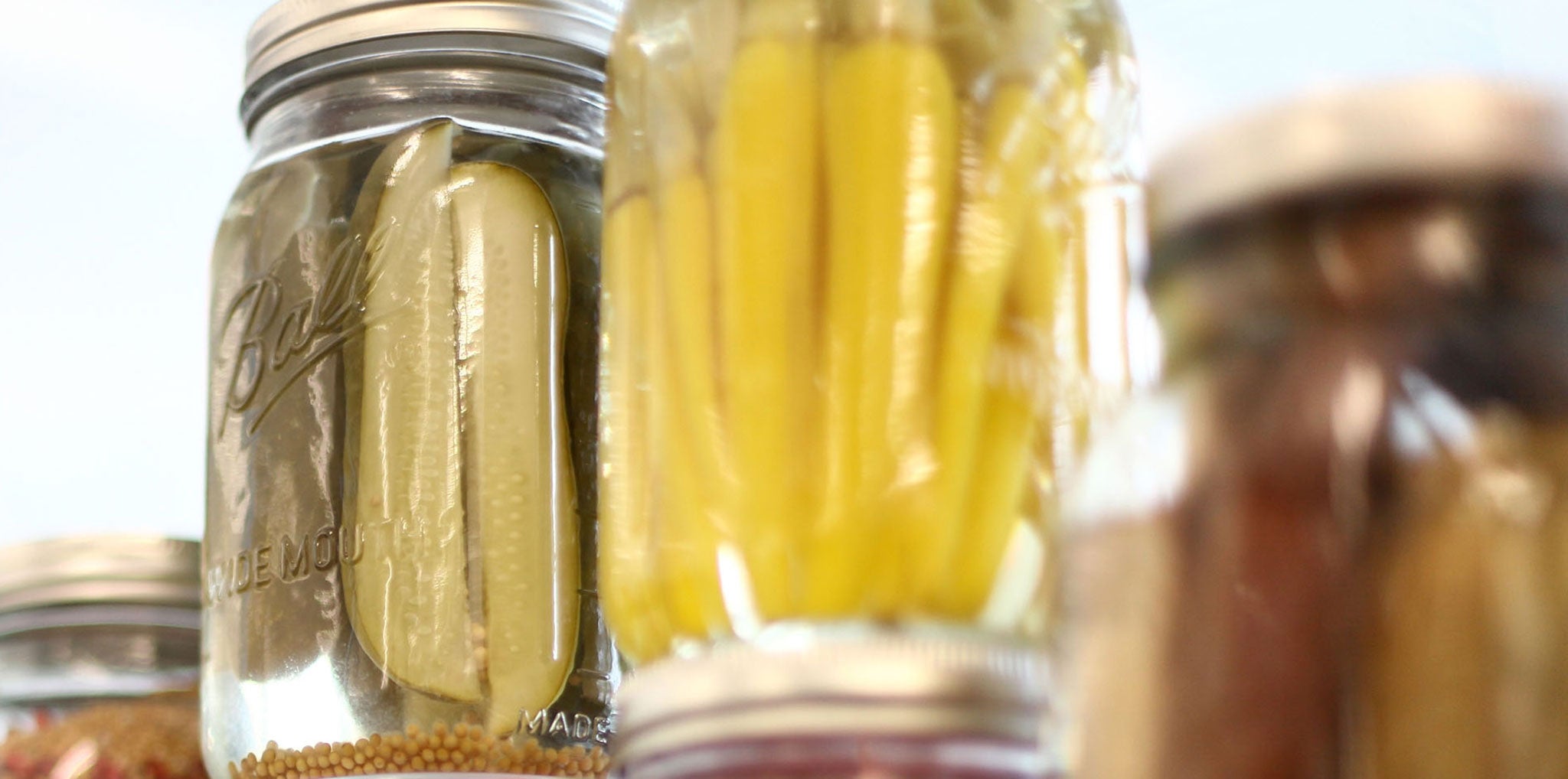The secret to opening a glass jar
Japanese researchers have developed a parallelogram-shaped container that even the weakest of hands will be able to get to grips with

Your support helps us to tell the story
From reproductive rights to climate change to Big Tech, The Independent is on the ground when the story is developing. Whether it's investigating the financials of Elon Musk's pro-Trump PAC or producing our latest documentary, 'The A Word', which shines a light on the American women fighting for reproductive rights, we know how important it is to parse out the facts from the messaging.
At such a critical moment in US history, we need reporters on the ground. Your donation allows us to keep sending journalists to speak to both sides of the story.
The Independent is trusted by Americans across the entire political spectrum. And unlike many other quality news outlets, we choose not to lock Americans out of our reporting and analysis with paywalls. We believe quality journalism should be available to everyone, paid for by those who can afford it.
Your support makes all the difference.Most of us have struggled to open a glass jar. Whether you’re desperate to add some jam to your toast, mayonnaise to your sandwich or pickles to your burger, those tightly screwed-on lids can prove a real nuisance.
But Japanese researchers have come up with a solution through the development of a glass jar whose lid can be removed with ease.
And it turns out the fundamental problem lies in the shape of those pesky glass containers.
Noriko Hashida, a professor at the Shibaura Institute of Technology, and Hakuyo Glass, which is based in Tokyo, have developed a container that can be opened by men, women, children and the elderly.
The body of the jar has a parallelogram-shaped cross-section so that the user can tightly grip it, Nikkei Technology Online reported. Additionally, a weaker force is required to remove the lid.
Hashida asked men and women in their 20s to 80s to remove the lids of 15 different glass containers and evaluate “the ease of opening a lid” and “the ease of holding a bottle”.
The results showed that glass jars that fir the shape of users’ hands are easier to hold, while a glass container that is smooth from its neck to its body is easier to open.
Further tests revealed that a parallelogram was the optimum shape for the cross-section of a glass jar.
Hakuyo Glass now plans to use the design to package its products, including jam and tsukudani (seafood, meat or seaweed preserved in soy sauce and mirin).
Meanwhile, back here in the UK you'll have to keep on struggling...
Join our commenting forum
Join thought-provoking conversations, follow other Independent readers and see their replies
Comments